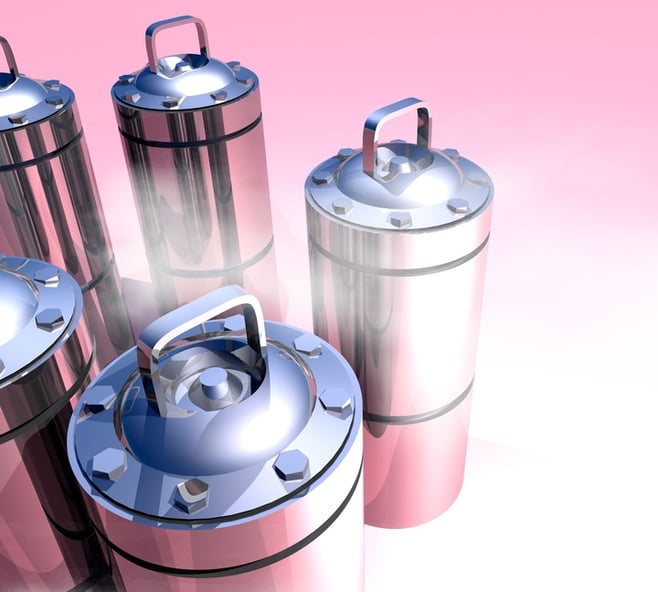
Centre for Reproductive Medicine, University Hospital, Brussels—In a study published online on May 10, 2016, in Molecular Human Reproduction, authors report that neonatal outcome data of over 2000 births indicates that embryos that underwent vitrification (flash freezing) with subsequent warming and embryo transfer were equal, if not slightly better than fresh embryo transfers. Overall, better or comparable perinatal outcomes (in terms of higher birthweight and lower risk for small-for-gestational age, prematurity rate, perinatal death, or for low birthweight) have been reported for singletons born after vitrified embryo transfer compared with fresh embryo transfer. According to the single available study with sufficient sample size, the congenital malformation rate was found to be comparable after vitrified and fresh embryo transfers.
This is good news indeed, as ART laboratories across the world over have switched to vitrification of embryos rather than the previous method of cryopreservation referred to as controlled rate freezing. Further, evidence is mounting that deferred embryo transfer, or performing the transfer on a menstrual cycle subsequent to the one used to create and vitrify blastocyst stage embryos, have greater implantation rates than fresh transfers.
Share this on social media:




